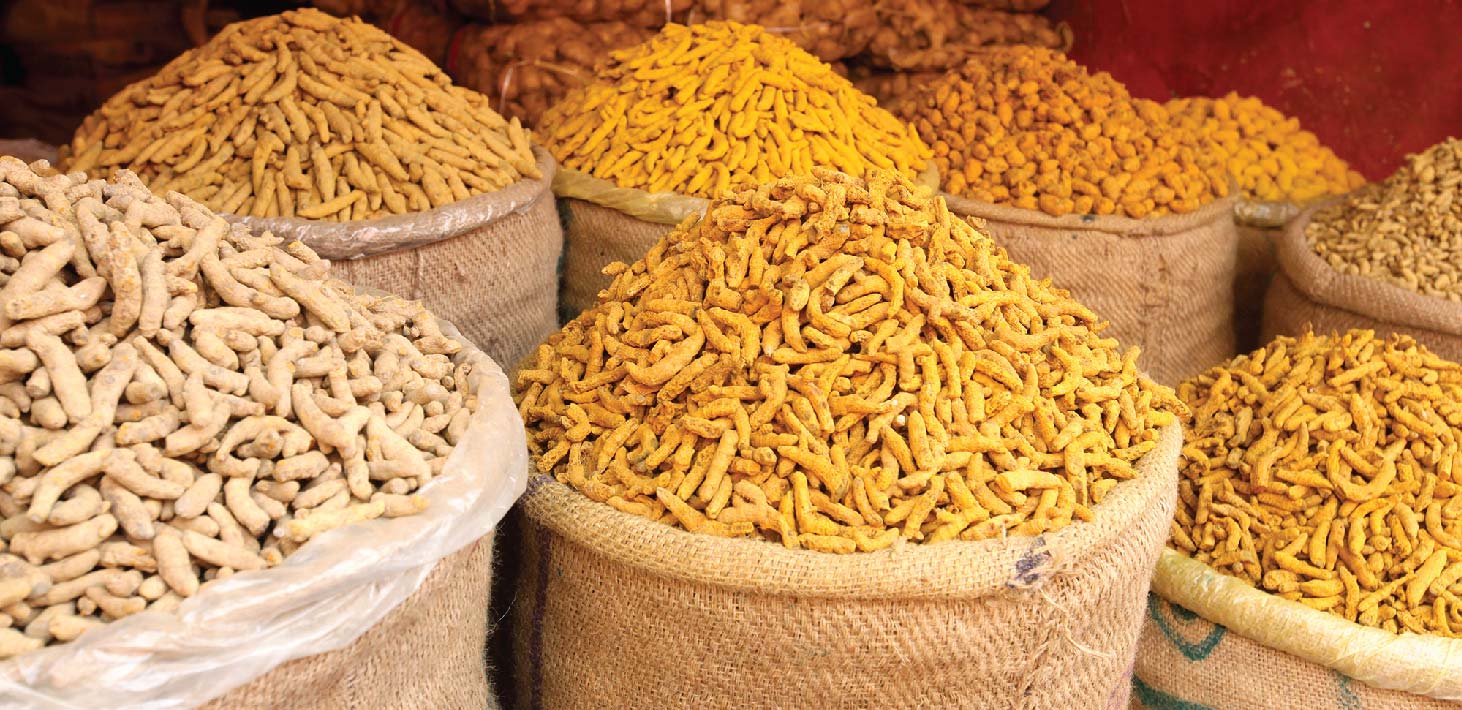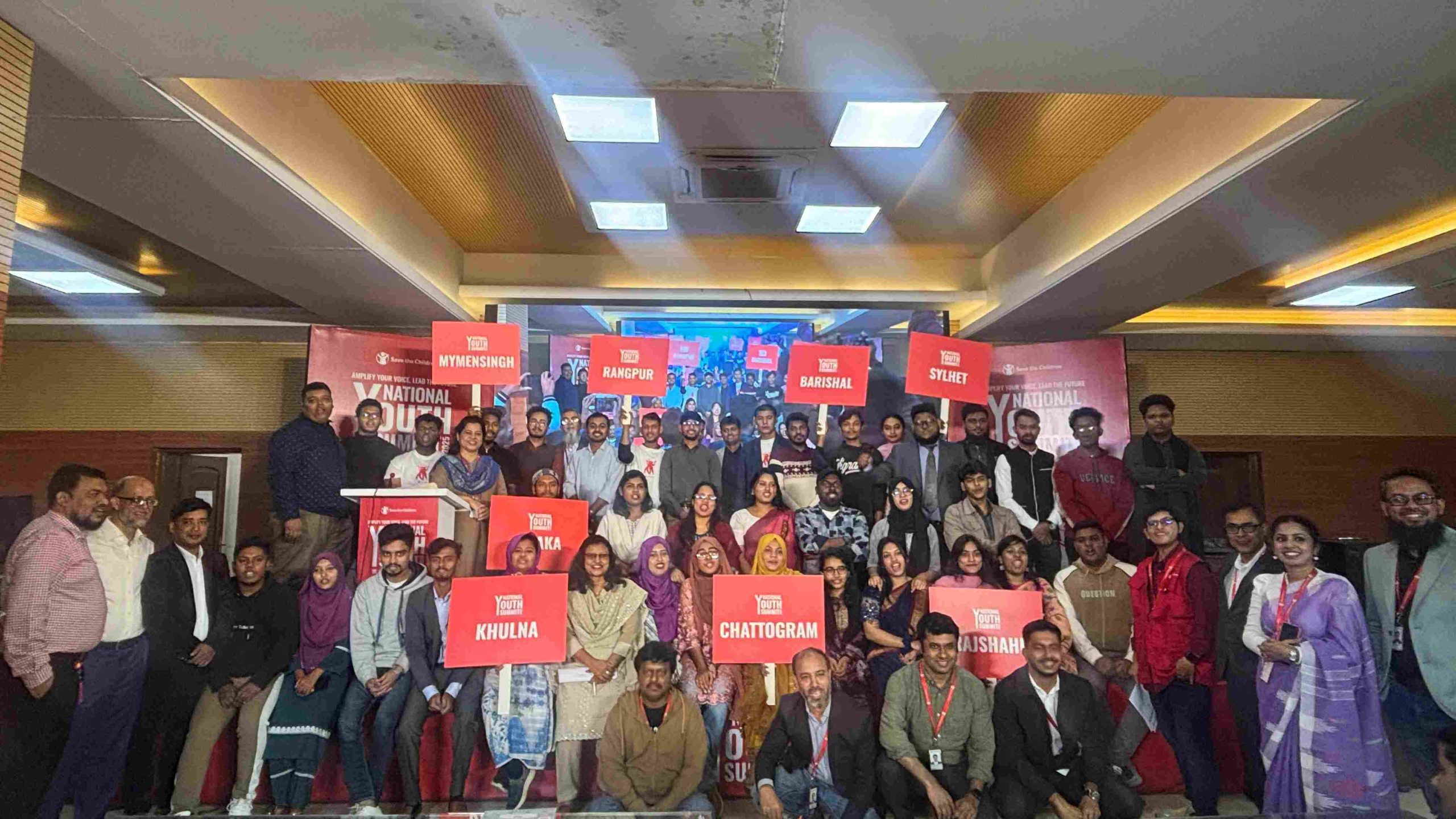Packaged Spice Market of Bangladesh
By Ahmed Sharif
‘I never found the real flavor and taste in packaged branded spices. But nowadays I hardly have enough time or energy to buy and process fresh spices,’ said Mrs. Nasreen Mansur, an experienced housewife, who had recently become a mother-in-law. Packaged spices seem to be the answer for the busy people of Dhaka and other urban areas. Even the people, who had spent the major part of their lives processing their own spices in the traditional way, seem to be looking towards an easier solution. And that also has to do a lot with people’s affordability. A constant economic growth over the last couple of decades helped to change people’s lifestyle. A lot of people have sacrificed some of their perception in order to get the benefit of convenience. Though Mrs. Mansur was not entirely happy with the branded spices she bought from the market, she still went on using those, which highlights the priorities she had set.
She also thinks that if Bangladeshi spices are exported to other countries, which must have been produced from the best quality spices, are never marketed inside the country. Her lack of confidence on Bangladeshi spices is not surprising, considering the numerous negative news on the media regarding all kinds of tainted food products. Yet, she did not think of that as enough of a reason to move away from the packaged spices. She already had a bad stint with one brand, but thinks that her current brand is just about good enough to keep her loyal. She is not alone, which is reflected by an estimated market size of Tk. 900-1,200 crore per year with a yearly growth rate of 15-20%. These packed spices are replacing fresh spices in Bangladeshi kitchens faster.
Creating a market based on convenience
It’s not that everyone has become users of packed branded spices. Mrs Nilufa Kamal, another experienced housewife, has stuck to the traditional way of spice processing. ‘I buy 1 kg or ½ kg spices every time, dry them and then grind them at a nearby shop. That is enough for 6-7 months,’ she said. Her husband buys the spices very selectively. She said, ‘There are different types of dried chili. One is hotter than the other, while there are others that produces better colour than some others. If I buy my spices, I can decide which type of spices I would get. If I buy packed spices, I have to take whatever they give me.’ She thinks that the spices produced this way have much better taste than the branded spices. But what is most notable is that she uses several brands of ‘Biriani Masala’. Mixed spices like these give her the convenience that she never thought possible. She is also happy with the quality of the mixed spices. Mrs Mansur and Mrs Kamal are both experienced and traditional housewives living in Dhaka. Their next generations are now looking for convenience from the word ‘go’. But the most notable success of the branded spice industry of Bangladesh is converting such traditional consumers.
Made in Bangladesh
The products are being marketed in the country backed up by branding efforts, quality TV advertisements, attractive and quality packaging. But industry insiders think that it is the quality of the product that ultimately keeps the consumers loyal. ‘The quality of packaging in Bangladesh has made huge improvements over the years. Yet, if you cannot give quality products, the consumer will never buy the product again regardless of the attractiveness of the packaging,’ said Masud Rana, Head of Marketing at BD Group.
The quality of spices had been in the news of late. But despite negative publicity, Bangladeshi spices have found their feet in markets outside the country. ‘Our spices are now being exported to the Middle East, Malaysia, Australia and other countries,’ said Md Marufur Rahman, Assistant Brand Manager, International Market at Pran Group. He said that it is the big number of Bangladeshi workers living in the Middle East that are mainly consuming Bangladeshi spices. Familiarity with Bangladeshi spice flavours and an inherent nationalism is probably the biggest motivating factor for this market segment. These people not only send a big remittance back to the country, they are also helping to establish a market for Bangladeshi products in those countries. Because these people go to the Middle East for some specific period, most of the time they miss their country. Marketing messages like ‘mothers’ cooking’ or ‘wife’s cooking’ attract them.
It is interesting that Indian and Pakistani workers in those countries generally prefer brands originating from their respective countries. Though Bangladeshi brands are not that popular among non-Bangladeshi people from the Indian Sub-continent in those countries, the scenario had been gradually changing of late because of the improvement of quality of Bangladeshi spices. The general similarity of spices used by the population from the Sub-continent also helped. It is notable that Bangladeshi spices are yet to catch a big chunk of the market comprising those countries’ citizens.
Mixed spices seem to have a good prospect in these markets, as ‘people of the Middle Eastern countries are a bit lazy and people from the Sub-continent are too busy’, which helped to sell the products, said Marufur Rahman of Pran. Apart from the Bangladeshi crowd, different markets want different flavours. While the Malaysian market wants their spices to produce reddish colours, Middle Eastern markets do not like red. The mixed spices being marketed in different countries are now being matched with the different food habits in those countries. Spice products currently available in those countries are teaching Bangladeshi marketers about the packaging, taste and quality norms prevailing in those countries. These are various international consumer behavior lessons that Bangladeshi marketers are learning every day.
Adding to the convenience bucket
The local market is being captured by branded spices fast. ‘There was a time when local companies used to produce only basic spices like chili, turmeric, coriander etc. But now-a-days local companies are competing hard against imported brands marketing mixed spices,’ said Md Habibul Islam, Area Manager, Retail Operations at Rahimafrooz Superstores. Halim Mix, Biriani Masala, Mezbani Masala, meat masala, fish masala, chicken masala, etc are gaining in popularity. ‘These mixed spices have a steady demand all throughout the year, not just during specific seasons,’ he said. ‘It is not just the mixed spices or major powdered spices, all types of spices, including cinnamon, cardamom and others are being marketed intact in packages of various convenient sizes,’ said Islam. There was a time when people used to spend some effort selectively buying these spices from the open market. But now, spices are being sold in packaged format after a quality check. Superstores are playing an important part with their store brands. Convenience seeking consumers are getting further convenience through these packed ‘whole’ spices. In contrast to the powdered spices, these spices are being used for other culinary uses. Because of this packaging and branding efforts, consumer confidence is increasing, thinks Islam of Rahimafrooz Superstores, which owns the Agora superstores chain.
‘We get our spices from the areas that produce the best quality spices. Our contractors sort out the spices and process them, after which, we apply our processes to maintain quality,’ he said. Proper cleaning and maintaining proper weight are other aspects of quality that are also being marketed here. Despite all these quality checks, there are still issues with quality. After negative report about Pran’s powdered turmeric, the company took the product out of the market and did some campaign regarding their new efforts. This, thinks Mr Islam, has helped to regain consumer confidence, as the brand took the complaint very seriously and took steps to rectify the problem. Listening to the consumers is a positive thing.
Everything comes from the fields
Ultimately it is down to the crop fields where these spices come from. As a country based on agriculture, the effect of commercialization on some of the agro products on the overall rural economy of Bangladesh would be significant. Whereas constant issues with farmers not being able to sell their products in the market made headlines in the case of potatoes, vegetables, guava, milk and other agro-products, entrance of corporate bodies as commercial buyers for the farmers seems like a good phenomenon. The spice market had regularly been in the news due to volatile prices, especially during periods of high demand, e.g. during Ramadan and just before Eid-ul Azha. Yet, an assured market for products is another type of encouragement for the growers.
Marufur Rahman of Pran said, ‘We are following contract farming method with spice growers. This is benefiting the farmers in different ways including raising quality.’ ‘Spice crops are seasonal. These are produced only once or twice during a year. And that creates a financial need for the farmers. Spice marketing companies are currently giving that support to the farmers,’ said Mr Masud Rana of BD Group. But he also thinks that government monitoring in this area can make the whole system farmer-friendly. ‘If the government had a dedicated agency to ensure food hygiene, it would’ve benefitted everyone. Proper procedures regarding use of fertilizer, chemicals and other materials should be monitored by an agency to help raise the overall standard of food hygiene,’ he thinks. And also as these are seasonal crops, yet their demand is all throughout the year, a certain level of monitoring needs to be there regarding their preservation.
Though Bangladesh is still dependent on imported spices to a large extent, local spice production has picked up during the last decade or so. According to the agricultural production trends listed by the UN Food and Agriculture Organization (FAO), some selective spices in Bangladesh have made significant progress over the last decade or so; among those are onion, ginger and garlic. Over a period of nine years from 2003 to 2011, onion production increased 585%, garlic 514%, ginger 74%, and other spices 192%. Only chili production showed a dismal performance of 28% increase. Also notable is land use for spice cultivation. Onion cultivation recorded an increase in land use of 240%, garlic 191%, ginger 20%, and other spices 52%. Land for chili production, on the other hand, decreased by 38%. It is clear from these trends that farmer interest in onion and garlic cultivation had been the highest, whereas, interest in chili production, the lowest. Onion, garlic and ginger are still being imported due to a supply gap. This may help farmers to keep interested in these crops.
But none of these three crops are major part of packaged spice industry. Though ginger and garlic are becoming available in dried or paste form of late, they are still not part of the major packaged spices list. Turmeric, coriander and cumin are major packaged spices along with chili. Their production figures had been very volatile. After getting good prices in one season, many farmers got interested in their cultivation, which resulted in a price reduction the next season. DAE (Department of Agriculture Extension) officials think that reduction in import volume can encourage farmers to cultivate spices. There is no way to grow these crops if the farmers see no profit.
Leverage for other industries
Packaged spice industry has also helped other industries to grow around it. ‘There was a time when no company here manufactured cylinders, which is an essential machinery to produce packaging. Spice industry’s rise along with other industries, helped local and foreign investors to establish cylinder manufacturing industry here,’ said Masud Rana of BD Group. The packaging industry in the country has improved leaps and bounds during the last one decade or so. This is up to world standard in a lot of cases, though there are still some ways to go. Because of price consideration, packaging industry is yet to catch the international market in quite a few places. In the local market, on the other hand, new types of packaging are being introduced of late.
‘Some brands are coming up with plastic jars and boxes, which help users to use the packs for storing,’ said Habibul Islam of Agora. Packaged spices industry has created employment for many in various stages of quality control, processing, packaging, transport, marketing, advertising, and other areas. New products like garlic and ginger in dried and paste forms are entering the market, creating further opportunities. The impact of all these on the economy is significant.
Industry people are very optimistic about the spice market. They think that the market has a lot of potential to grow. They foresee a huge packaged spice market down to the remote rural areas. ‘The spice industry, and even the processed food industry in Bangladesh, has so much potential that even if several other companies make their entry here, the market can still accommodate them,’ thinks Masud Rana of BD Group. There was a time when only a few brands were in the market. Now there is Radhuni, Pran, Rani, BD, Fresh, Rupchada, and many other brands. A lot of corporate bodies have realized the potential of this market. But industry people also think that the entrepreneurs here must forgo the thought of making more profit with less investment.















